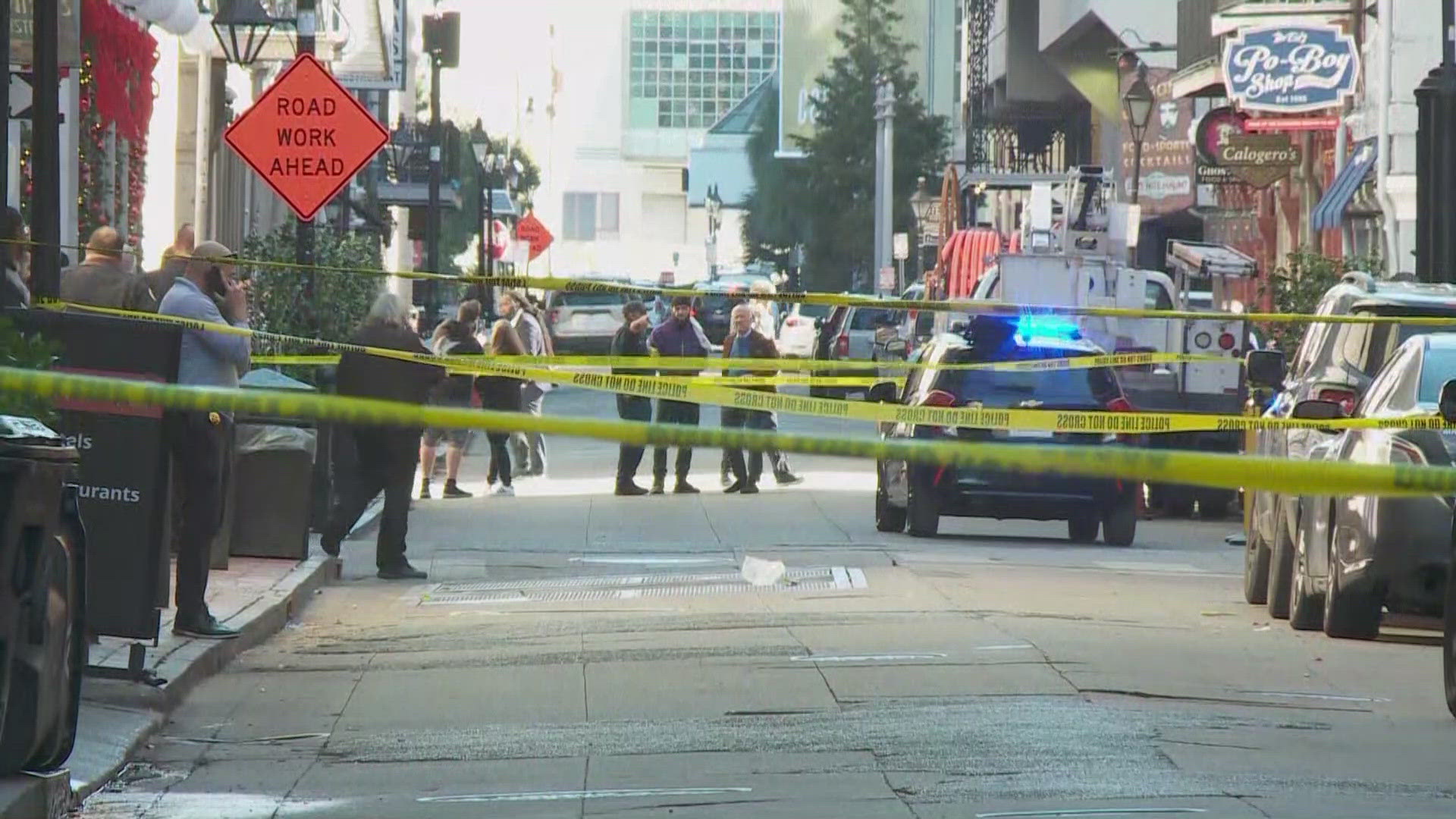David Hammer / Eyewitness News
Email: dhammer@wwltv.com | Twitter: @davidhammerWWL
NEW ORLEANS A group of plaintiffs' law firms is asking U.S. District Judge Carl Barbier to reverse his decision and allow oil spill cleanup workers to collect medical settlement payments of up to $60,700 if they suffered skin or respiratory ailments from chemical exposure, but didn't get diagnosed until after the settlement was reached in 2012.
Five Gulf Coast law firms joined in the request for reconsideration of Barbier's July 23 ruling, which was first reported last week by WWL-TV. That ruling upheld a policy decision from Medical Claims Administrator Matt Garretson, which said the plain language of the medical settlement agreement dictated that any condition diagnosed after April 16, 2012, is a 'Later-Manifested Physical Condition,' regardless of when it actually manifested or appeared.
WWL-TV reported that Barbier's order could knock thousands of cleanup workers out of the primary medical settlement and relegate them to 'back-end litigation' against BP years from now. The five law firms that asked for reconsideration stated in court filings that they have more than 12,000 clients who would be forced to back-end litigation.
The lawyer with the most affected clients, Houston attorney Howard Nations, estimated that 20,000 claimants could be affected. If 20,000 claimants were to lose out on $60,700 settlement payments, the decision would end up saving BP approximately $1.2 billion.
But BP contends the language of the 2012 settlement is clear, and so far both Garretson and Barbier have agreed. They all said that because Later-Manifested Physical Conditions are defined as diagnosed after April 16, 2012, a client must be diagnosed before that date to qualify for Specified Physical Condition settlement payments. Otherwise, they are relegated to back-end litigation.
Specified Physical Condition settlement payments are for people who suffered injuries within 24, 48 or 72 hours of exposure to the oil and cleanup chemicals, as laid out in a complex matrix in the settlement agreement.
Plaintiffs' attorneys from Louisiana, Texas, Florida and Alabama filed sworn statements claiming the judge is misreading the settlement, which says nothing about any diagnosis deadline in the definition of Specified Physical Conditions or in any of the proof requirements for those settlement payments.
They contend that the rules for 'Later-Manifested Physical Conditions' were intended to cover illnesses, like cancer, that manifest later, not acute or chronic illnesses that pop up right after someone was exposed to the oil and dispersants. The fact that the settlement sets a date for when later-manifested conditions must be diagnosed shouldn't mean that date is also a deadline for conditions that manifested right away, the plaintiffs argue.
Several claimants, including Jose Santamaria of Kenner, also filed statements in court saying they could not afford to see a doctor when they were cleaning up BP's oil spill and did not know they needed to get to a doctor until the settlement was announced.
April 16, 2012, is the date the class-action complaint was filed in court. That was nearly two years after the oil spill, which started with the explosion of the Deepwater Horizon oil rig off the coast of Venice on April 20, 2010, and continued with oil flowing out of BP's blown-out deep sea well for 87 days. Eleven rig workers died and 4.1 million barrels of oil gushed into the Gulf. About 2 million gallons of the chemical dispersant Corexit was used to make surface oil dissolve into the water below.

